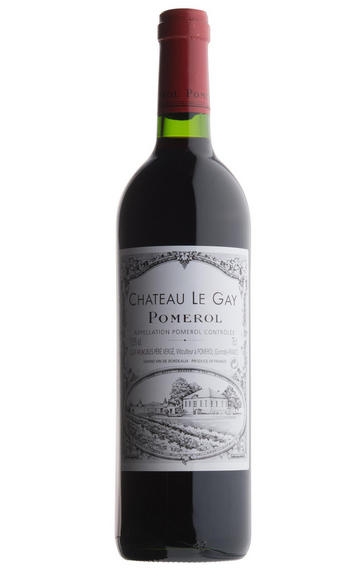
2009 Château Le Gay, Pomerol, Bordeaux
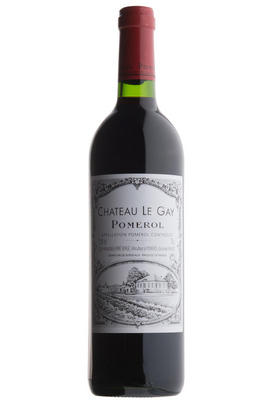
Critics reviews
Lisa Perrotti-Brown - 14/03/2019
(Jancis Robinson MW - jancisrobinson.com - April 2010)
(James Suckling - Wine Spectator - Apr 2010)
This distinctive, large-scaled, viscous, thick Pomerol may be as concentrated as some of this estate’s all-time classics (1947 and 1950). I am puzzled by why I could not see this a few years ago. In any event, this is one of the most profound Le Gay’s ever produced. Forget it for at least a decade and drink it over the following half century.
Wow! Did I underestimate this wine from barrel! I remember when tasting it at that time, Michel Rolland, who consults at this property, told me he thought it was the best they have made to date. After having it three times from barrel, I could not see that. However, cask aging has certainly been beneficial to this masculine, backward wine. From bottle, the 2009 Le Gay is remarkable
As always, there is an elegance to the La Fleur de Gay, but the tell-tale flowery, raspberry jam, and blueberry pie notes jump from the glass along with hints of graphite and truffle. Deep, rich, full-bodied and textured, with sweet tannin and a stunning elegance and purity, this beauty that can be approached now or cellared for 20-25 years.
(Robert Parker - Wine Advocate - Feb 2012)
About this WINE
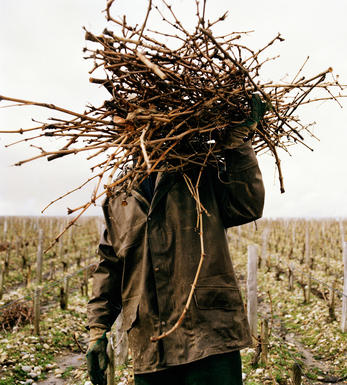
Chateau le Gay
Château Le Gay is a Pomerol property, which is now beginning to realise its potential after many years of underperforming. Previously owned by sisters Marie and Thérèse Robin, Le Gay is now owned and run by their niece and nephew, Sylvie and Jacques Guinaudeau. They also own Château Lafleur. Le Gay consists of 9 hectares of 40-year-old vines planted just to the north of the Pomerol plateau.
Yields are minuscule, often being as low as 15-20 hectolitres per hectare, and it is this, combined with the old age of the vines, that give the wines their depth and complexity. Typically the Le Gay is a blend of 50% Merlot and 50% Cabernet Franc. It is aged in oak casks for 18-20 months. Le Gay is a Pomerol property on the rise.
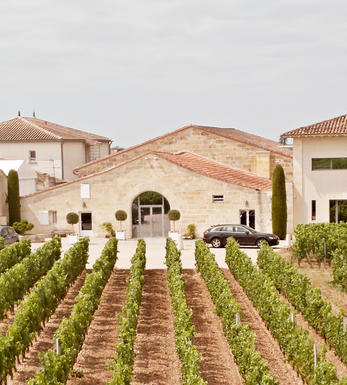
Pomerol
Pomerol is the smallest of Bordeaux's major appellations, with about 150 producers and approximately 740 hectares of vineyards. It is home to many bijou domaines, many of which produce little more than 1,000 cases per annum.
Both the topography and architecture of the region is unremarkable, but the style of the wines is most individual. The finest vineyards are planted on a seam of rich clay which extends across the gently-elevated plateau of Pomerol, which runs from the north-eastern boundary of St Emilion. On the sides of the plateau, the soil becomes sandier and the wines lighter.
There is one satellite region to the immediate north, Lalande-de-Pomerol whose wines are stylistically very similar, if sometimes lacking the finesse of its neighbour. There has never been a classification of Pomerol wines.
Recommended Châteaux : Ch. Pétrus, Vieux Ch. Certan, Le Pin, Ch. L’Eglise-Clinet, Ch. La Conseillante, Ch. L’Evangile, Ch. Lafleur, Trotanoy, Ch. Nenin, Ch. Beauregard, Ch. Feytit-Clinet, Le Gay.
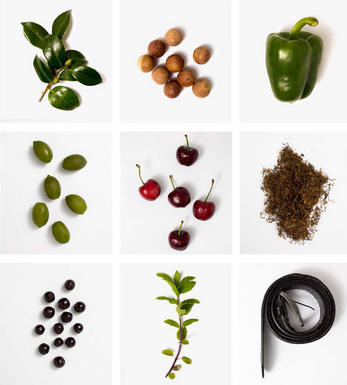
Cabernet Sauvignon Blend
Cabernet Sauvignon lends itself particularly well in blends with Merlot. This is actually the archetypal Bordeaux blend, though in different proportions in the sub-regions and sometimes topped up with Cabernet Franc, Malbec, and Petit Verdot.
In the Médoc and Graves the percentage of Cabernet Sauvignon in the blend can range from 95% (Mouton-Rothschild) to as low as 40%. It is particularly suited to the dry, warm, free- draining, gravel-rich soils and is responsible for the redolent cassis characteristics as well as the depth of colour, tannic structure and pronounced acidity of Médoc wines. However 100% Cabernet Sauvignon wines can be slightly hollow-tasting in the middle palate and Merlot with its generous, fleshy fruit flavours acts as a perfect foil by filling in this cavity.
In St-Emilion and Pomerol, the blends are Merlot dominated as Cabernet Sauvignon can struggle to ripen there - when it is included, it adds structure and body to the wine. Sassicaia is the most famous Bordeaux blend in Italy and has spawned many imitations, whereby the blend is now firmly established in the New World and particularly in California and Australia.


Buying options
Add to wishlist
Description
A real explosion of aroma and flavour. Burgundian red fruit nuance. Good depth of succulent fruit. Silky, suave tannins. Persistent and long.
(Steven Spurrier - Decanter - April 2010)
wine at a glance
Delivery and quality guarantee